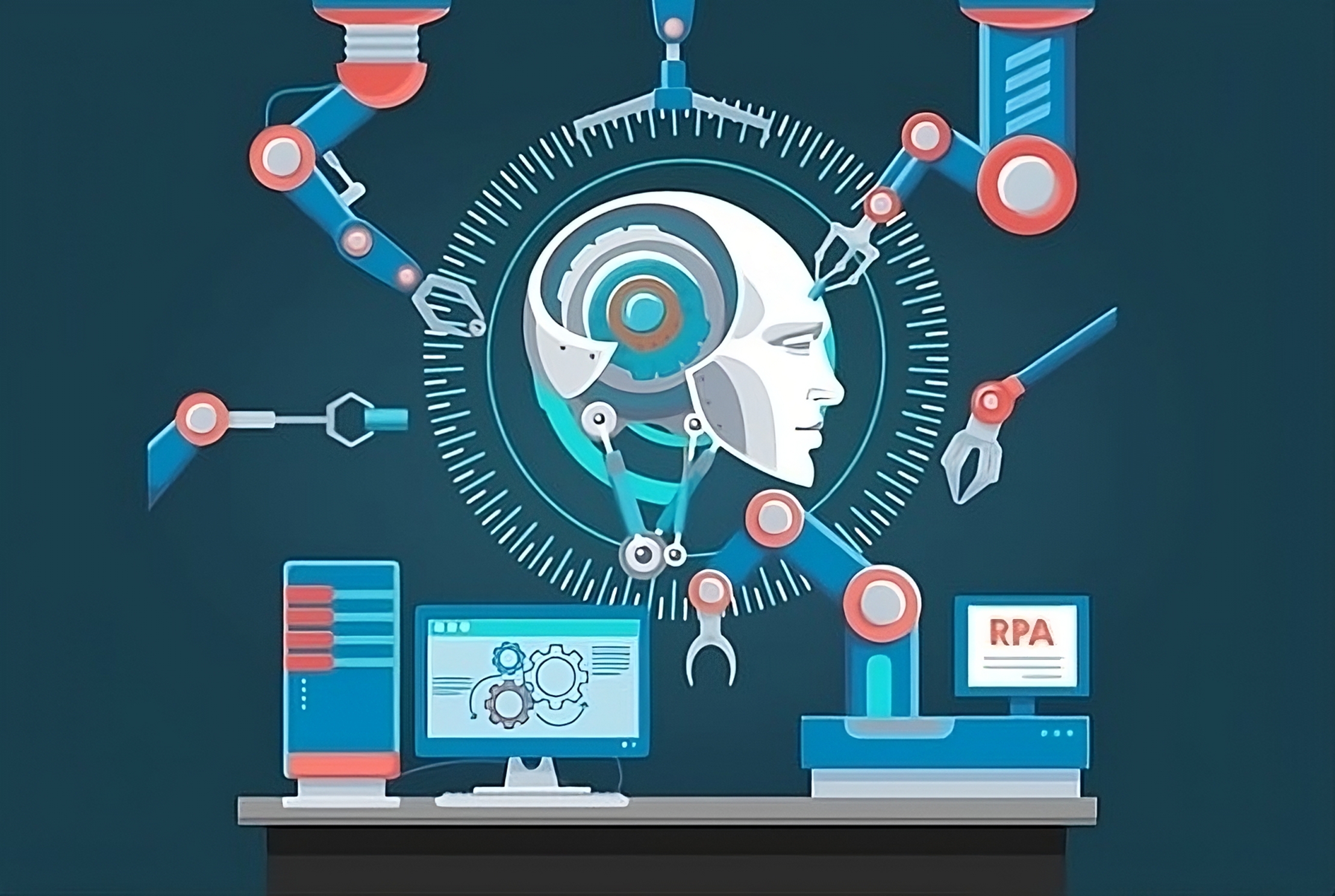
The essential role of Intelligent Automation in modern business strategies
Transformation and Revolution: The Case for Intelligent Automation in Your

Transformation and Revolution: The Case for Intelligent Automation in Your

Unlocking the Power of OCR Technology for Digital Transformation Optical

𝐑𝐏𝐀 𝐜𝐨𝐦𝐩𝐚𝐧𝐢𝐞𝐬 𝐚𝐫𝐞 𝐭𝐡𝐞 𝐛𝐞𝐬𝐭 𝐩𝐚𝐫𝐭𝐧𝐞𝐫 𝐟𝐨𝐫 𝐚𝐮𝐭𝐨𝐦𝐚𝐭𝐢𝐨𝐧 👍 🥇

What is the role of robotic process automation (RPA) in

Transforming the Business World: AI tools combined with robotization 🤖.

Traps of Generative Artificial Intelligence How business leaders can maximize

How does automation improve truck route optimization? 🚚🤖 We are